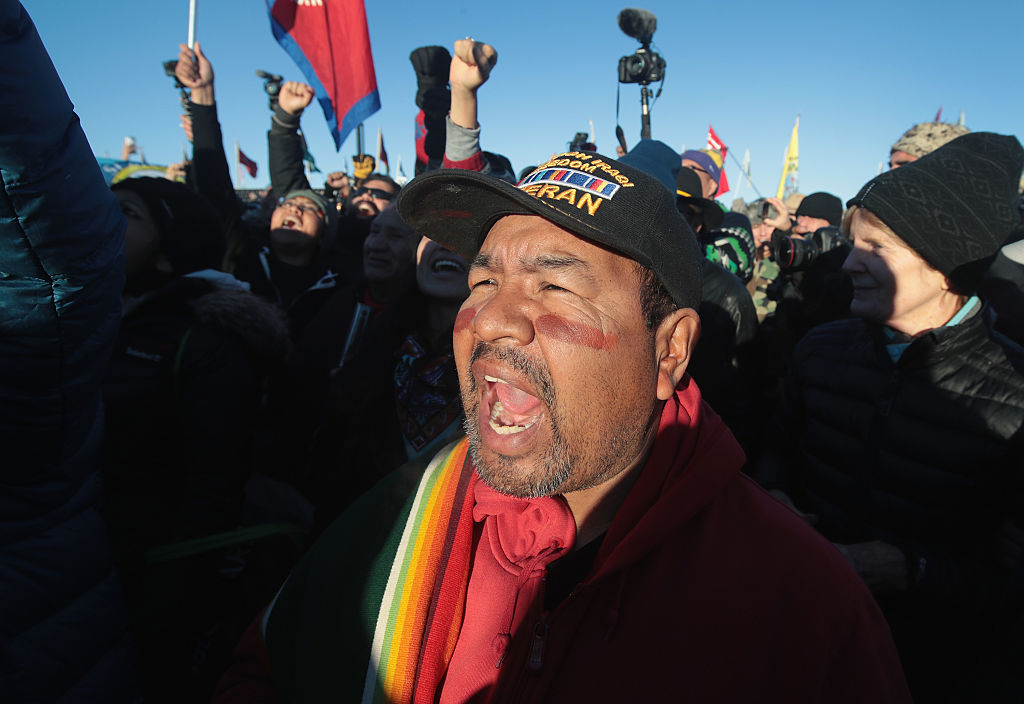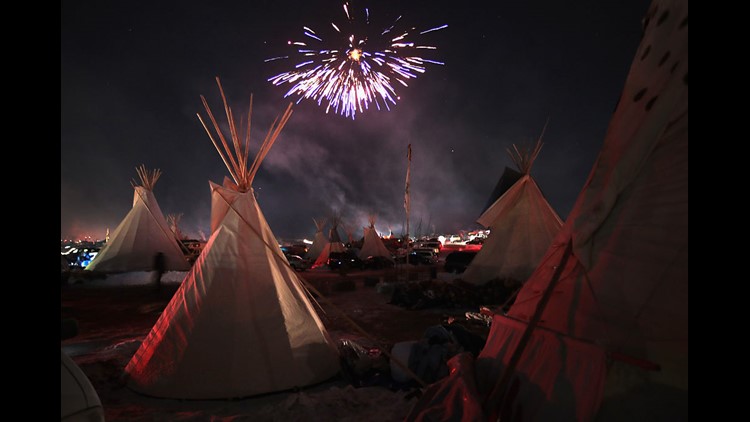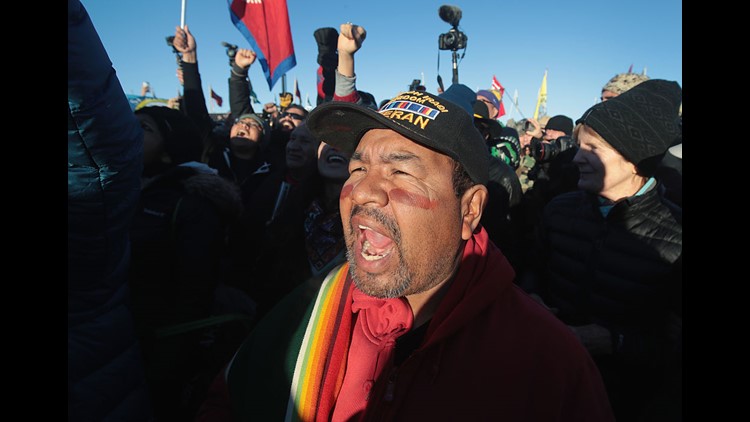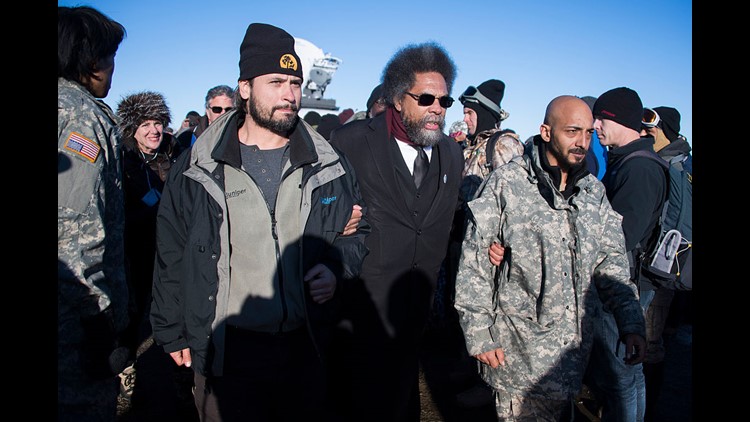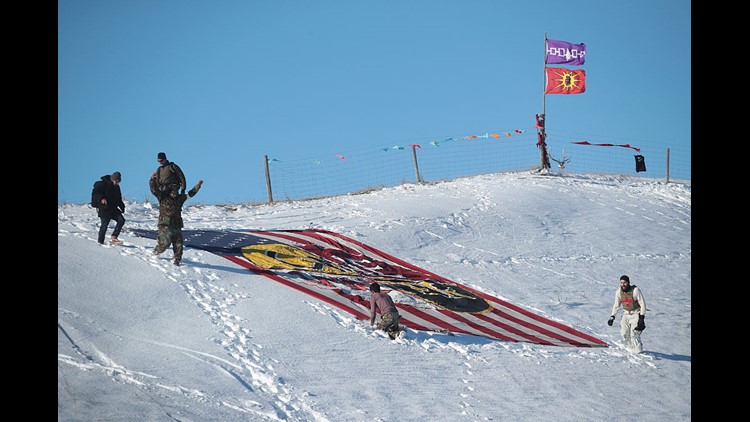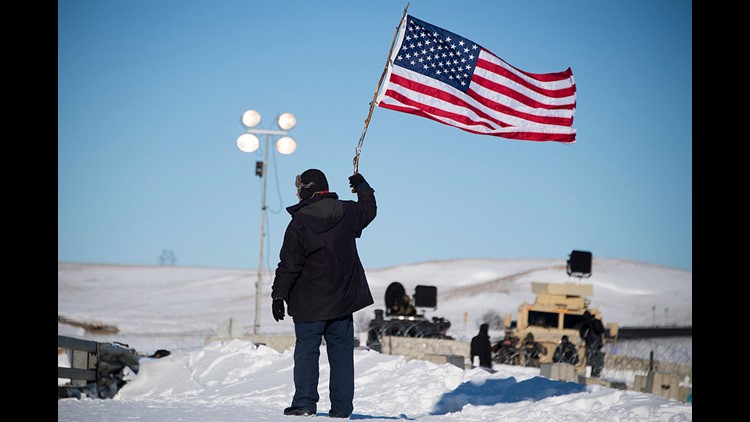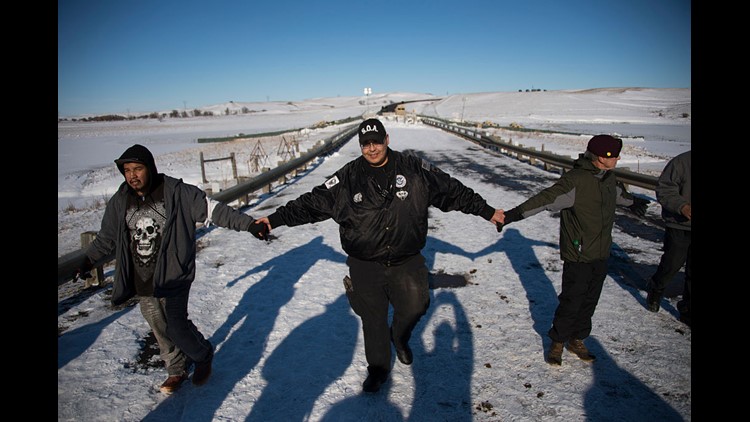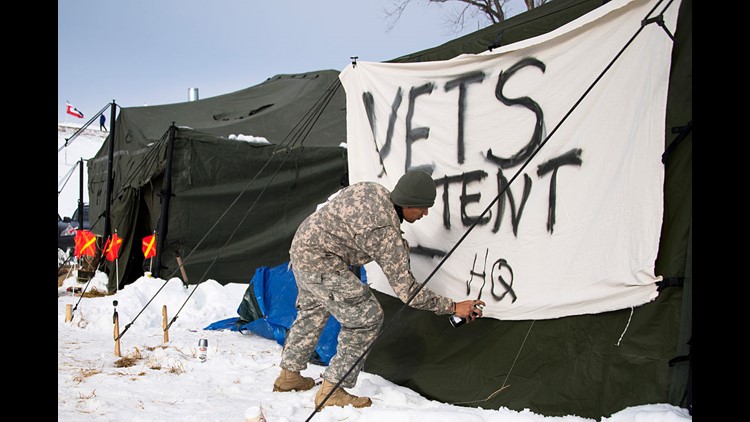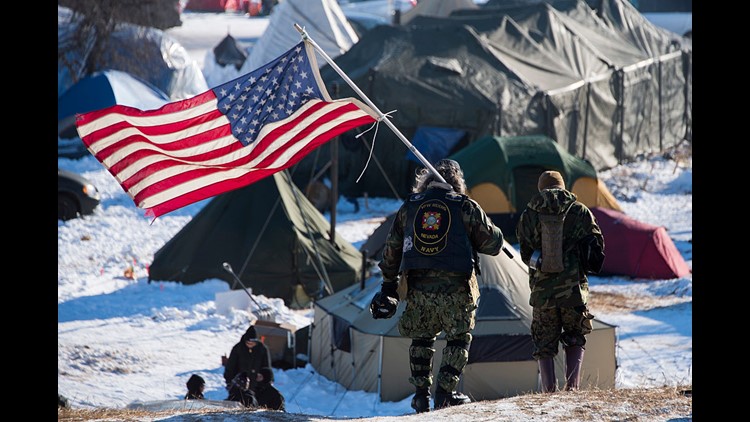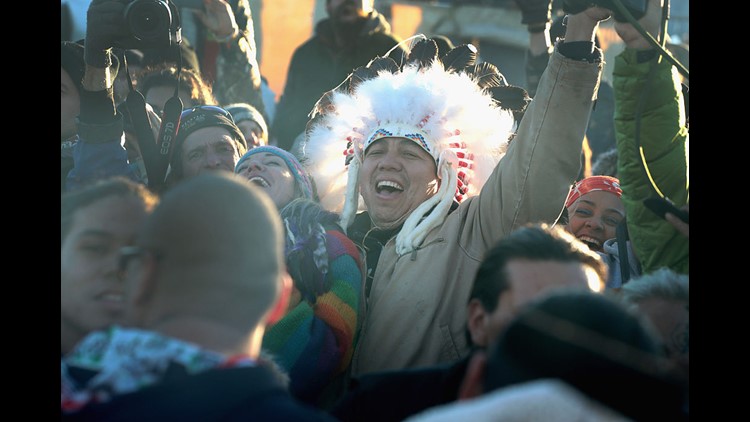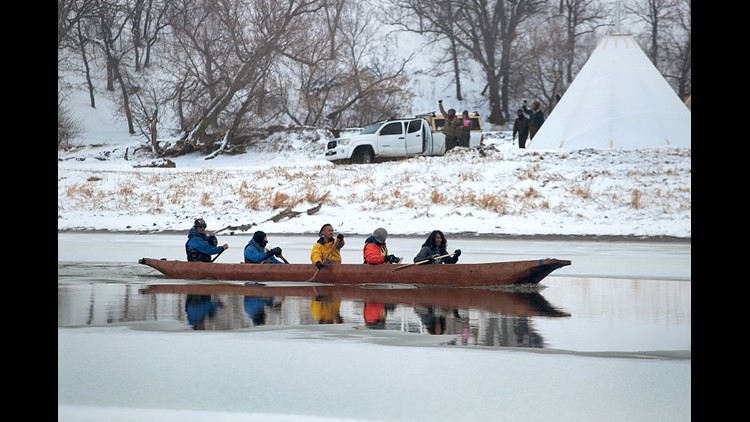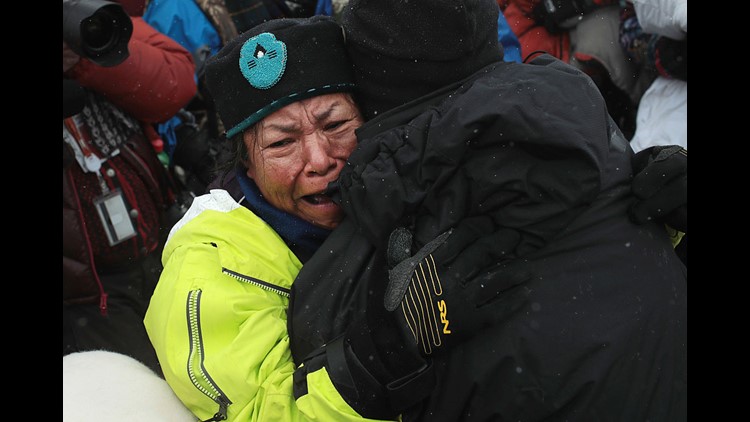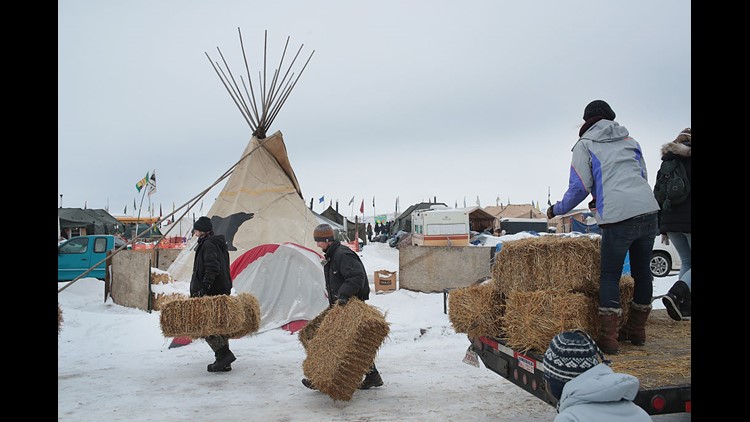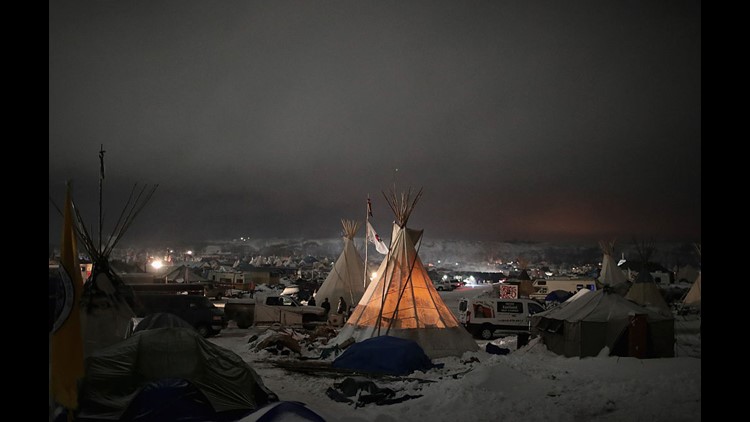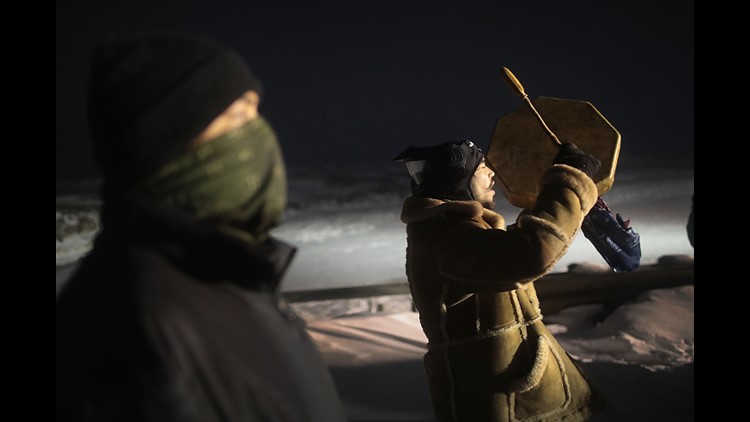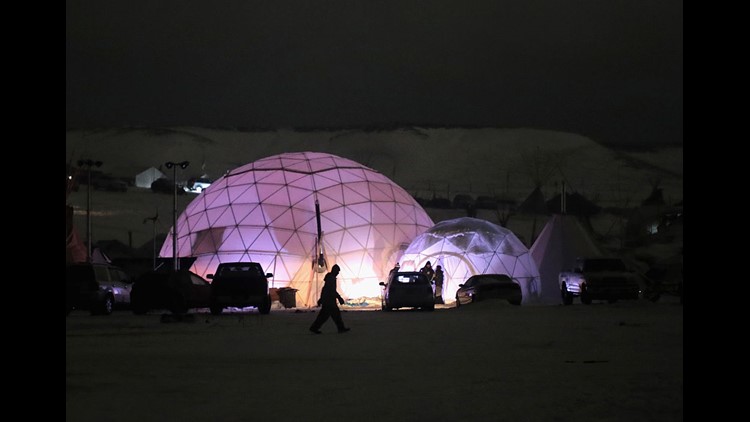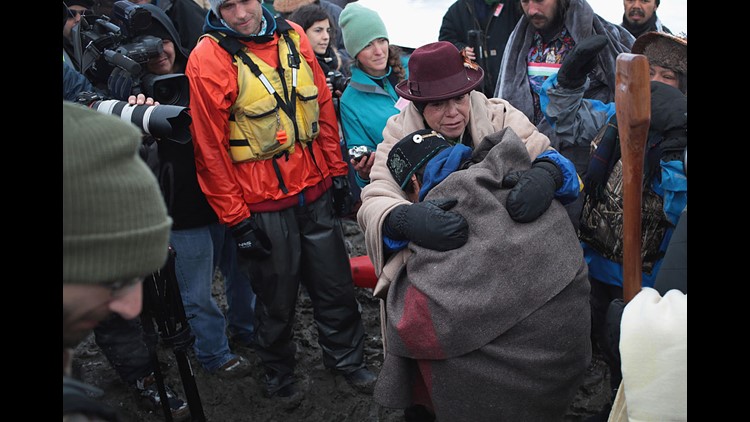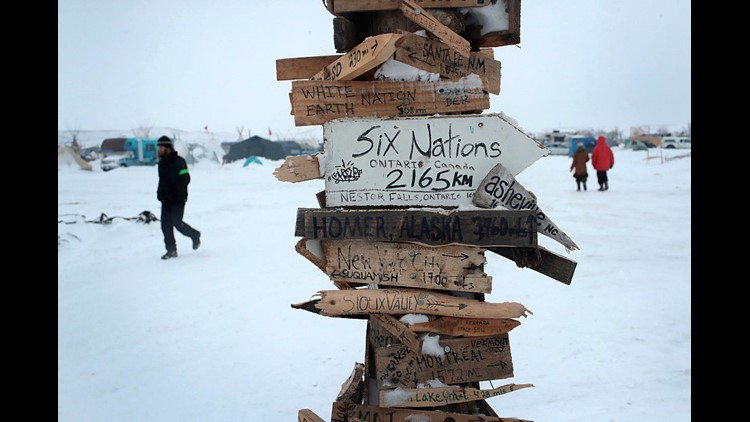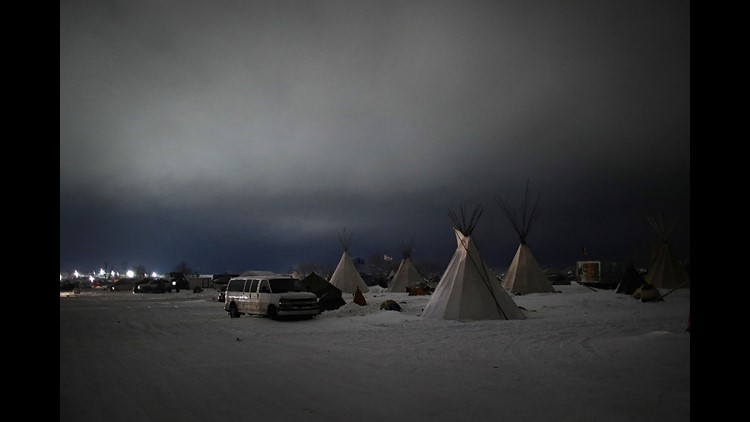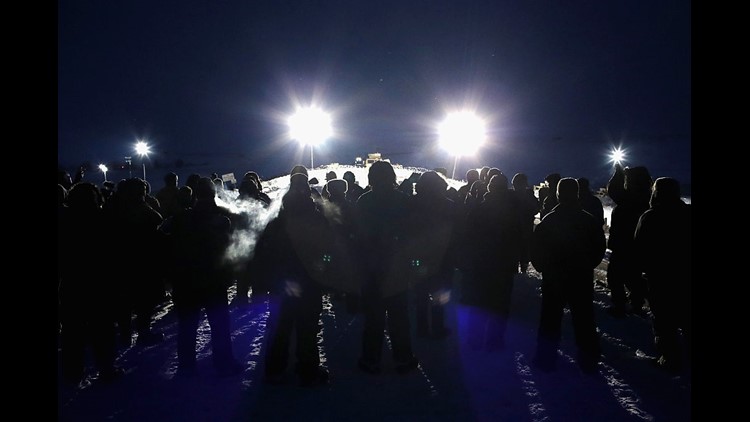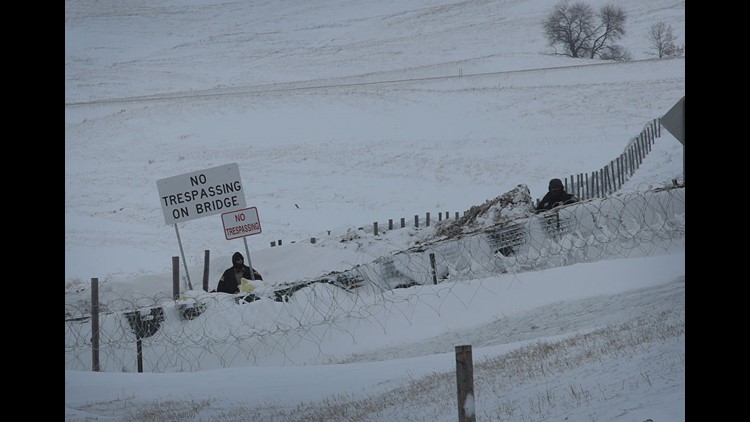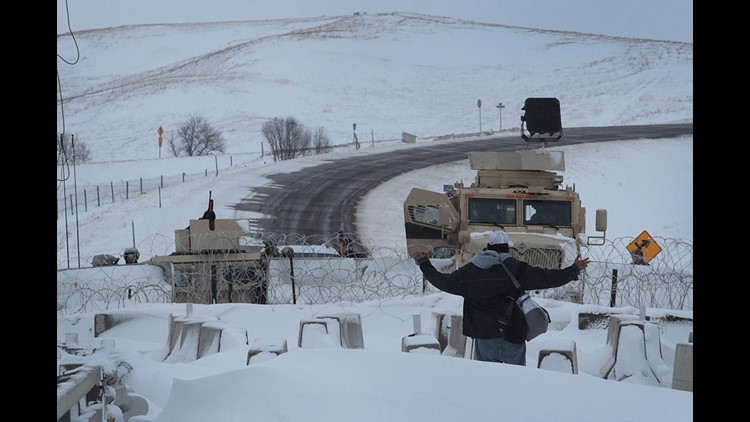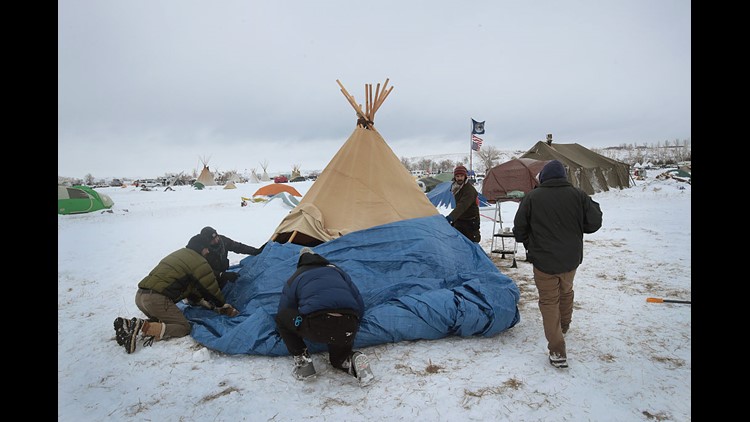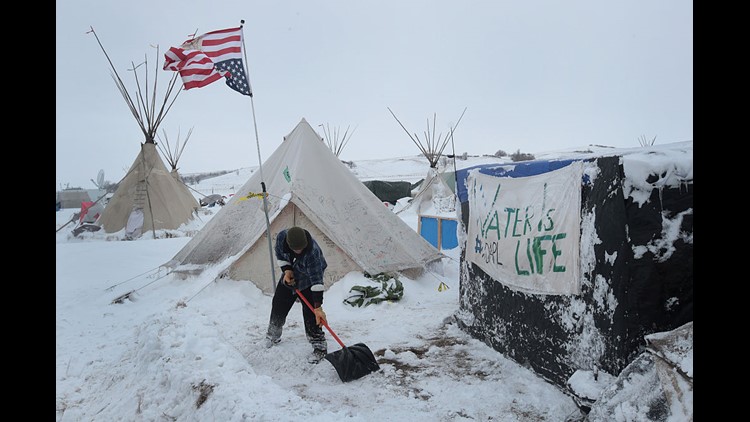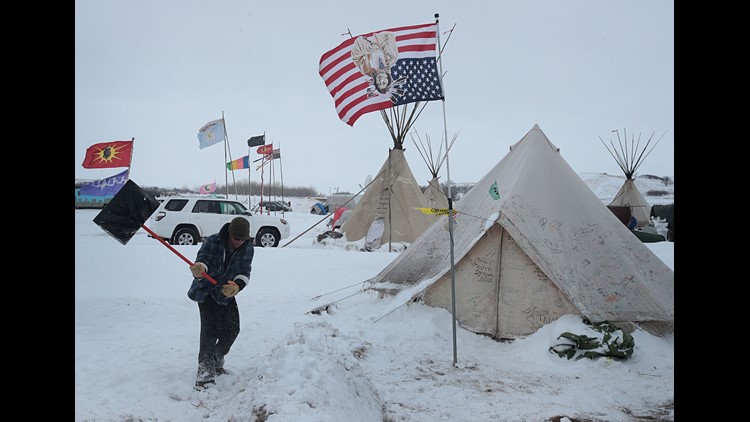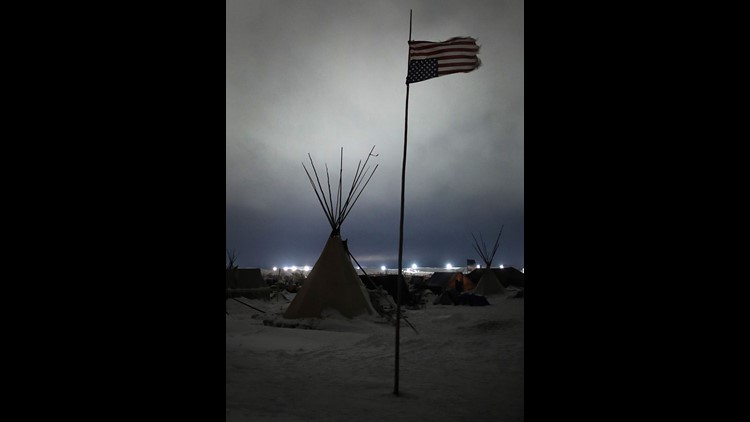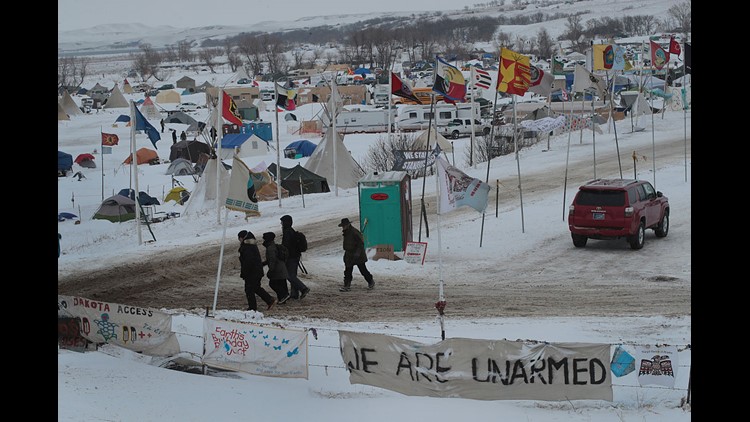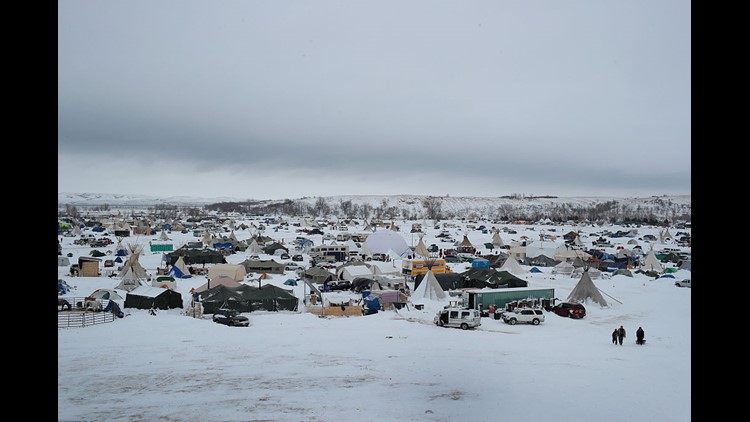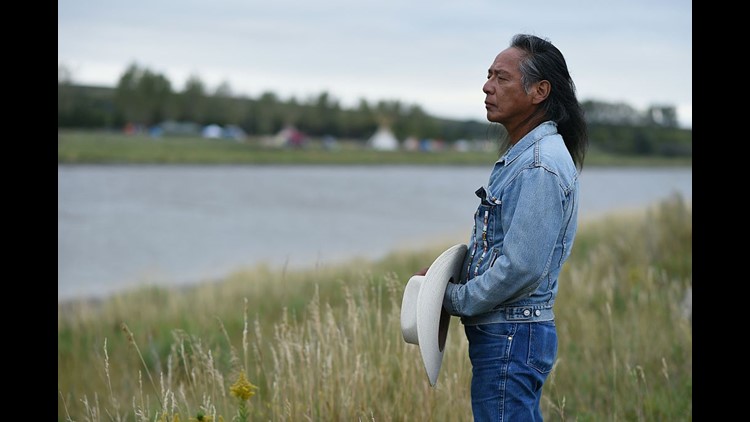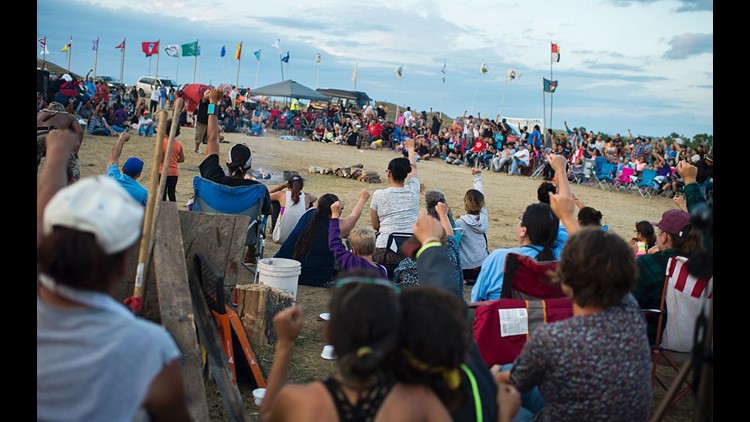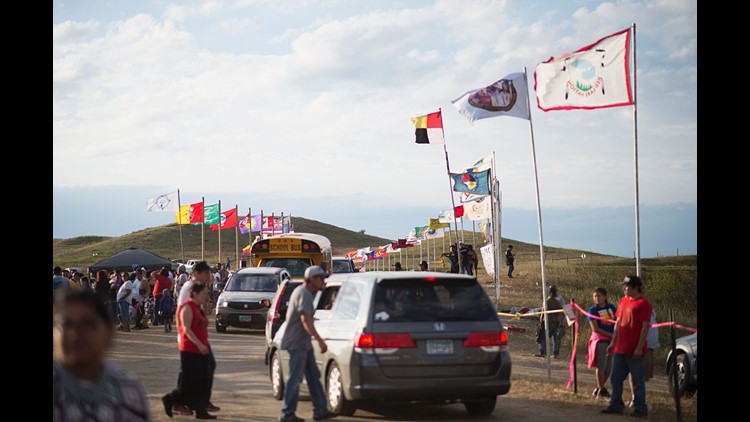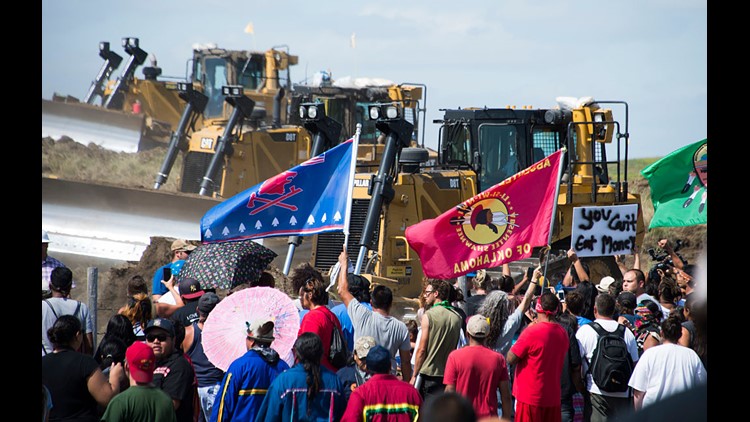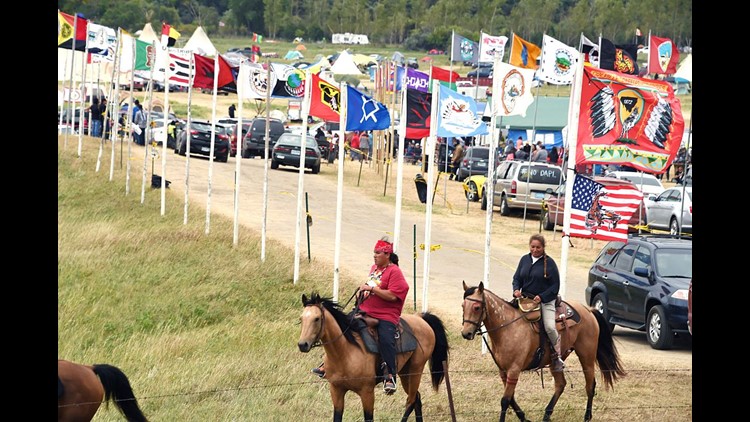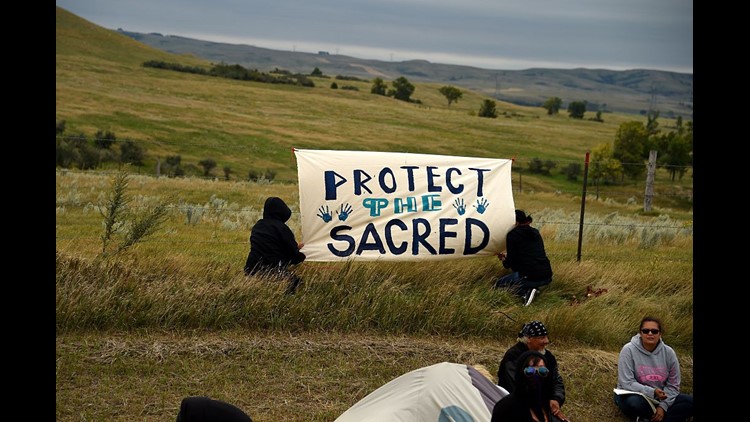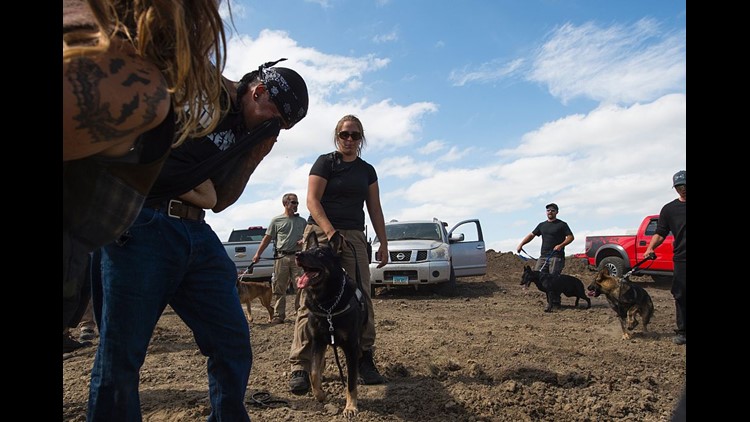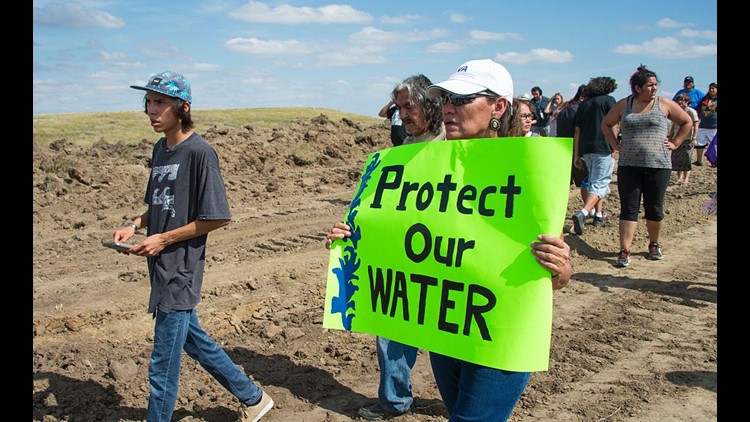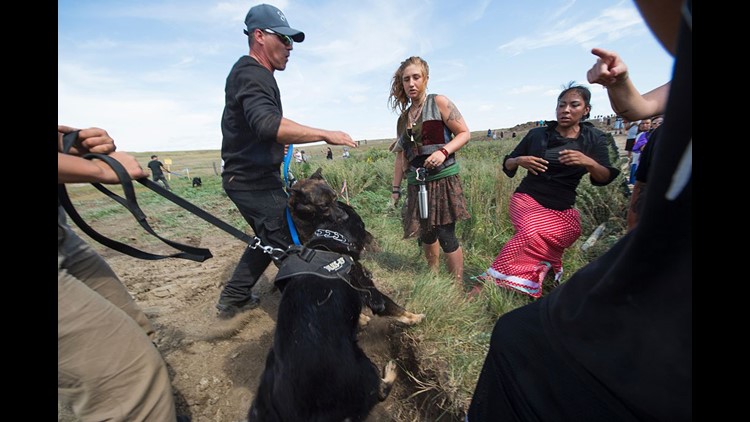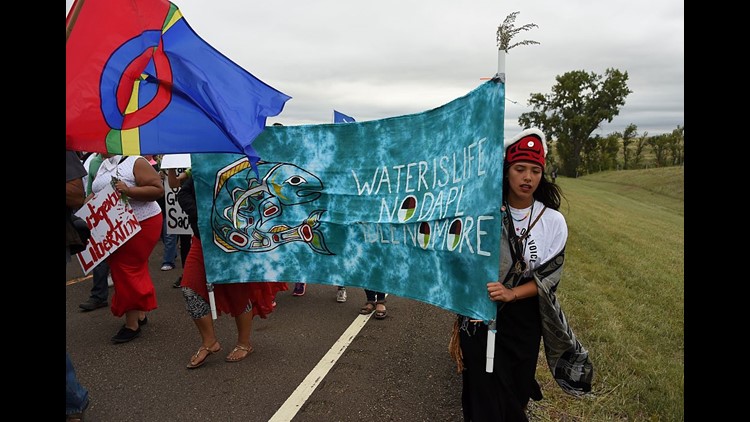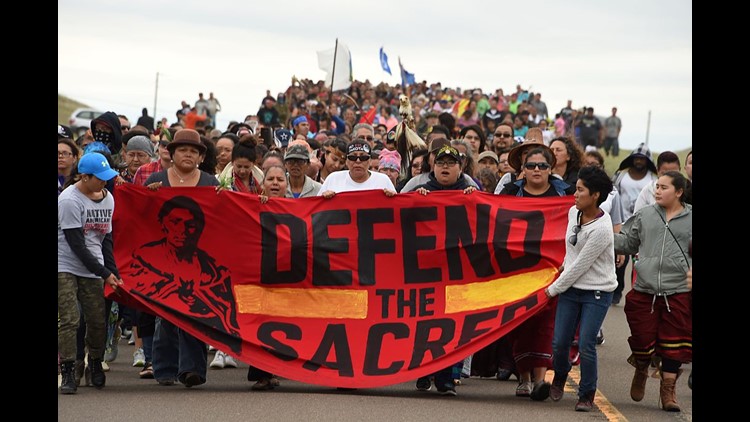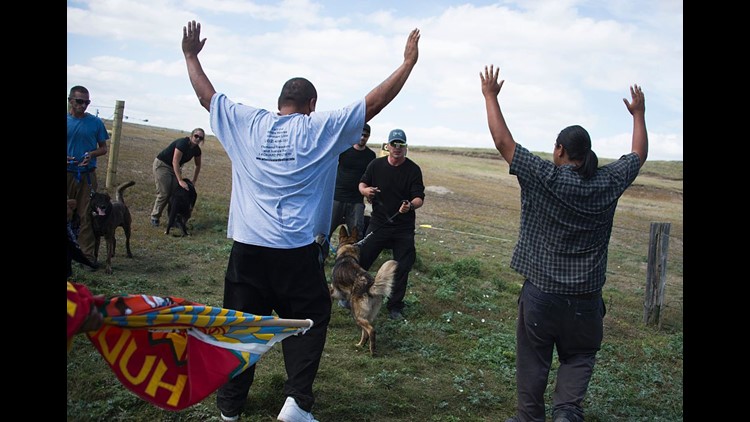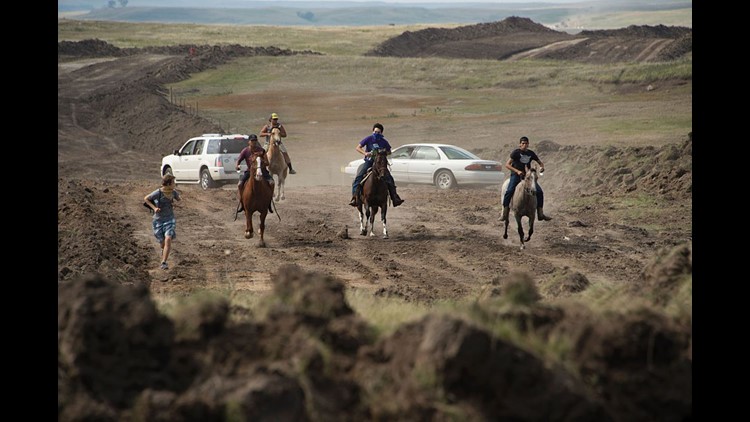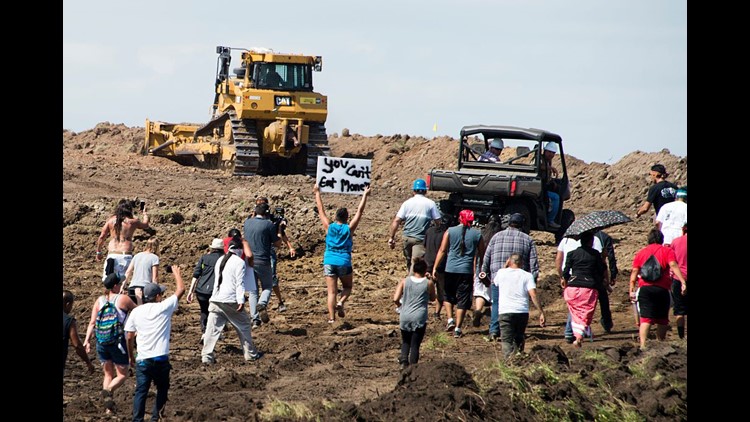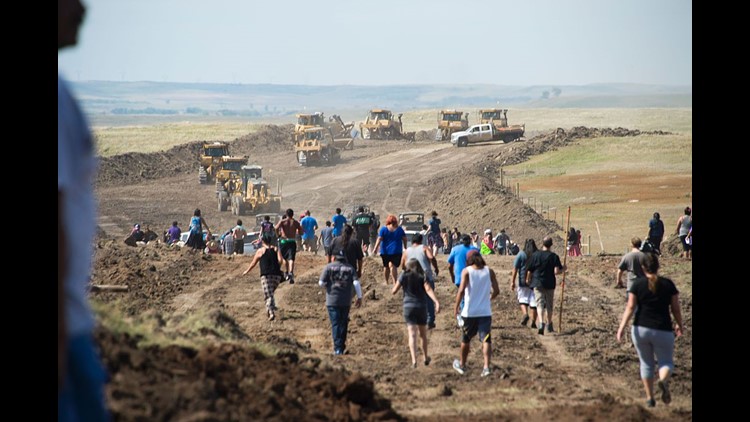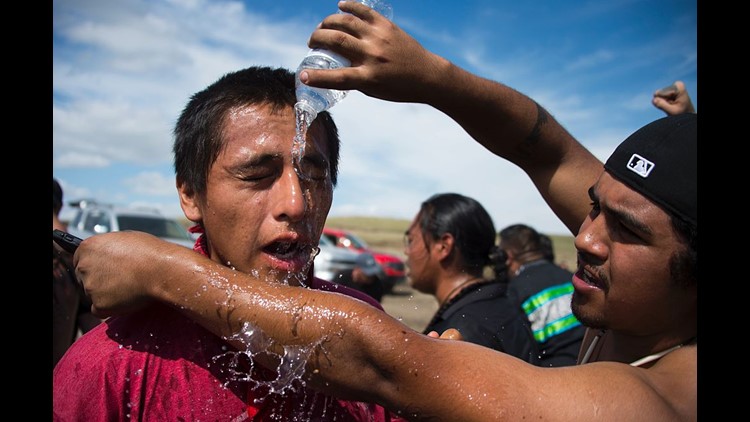News about the Dakota Access pipeline and the protests in North Dakota near the Standing Rock Sioux reservation has filled headlines and social media feeds for the past few months.
But before the protests grabbed the attention of the nation, a variety of legal battles had already set the stage for the ensuing events.
Here is a look at how it all evolved:
December 2014: Energy Transfer Partners LP applies to build a pipeline spanning 1,172 miles and four states from North Dakota to Iowa. It would carry 570,000 barrels of crude oil per day and cost $3.78 billion.
January 25, 2016: Dakota Access LLC, a subsidiary of Energy Transfer, announces it has received approval from the North Dakota Public Service Commission, meaning it has three of the necessary four state approvals to move forward with the project.
March 11, 2016: Iowa Utilities Board unanimously approves the pipeline, making Iowa the fourth and final state to OK the plan. On the same day, the Environmental Protection Agency sends a letter to the U.S. Army Corps of Engineers, the federal body overseeing the construction, to perform another environmental assessment of the project.
April 1, 2016: A group of 200 Native Americans ride on horseback to protest the pipeline's location. The plans for construction pass through sacred land for the Standing Rock Sioux, a tribe whose reservation lies in both North and South Dakota.
April 29, 2016: The Standing Rock Sioux petition the U.S.Army Corps of Engineers and demand a more thorough environmental impact study of the site.
July 26, 2016: The U.S. Army Corps of Engineers approves the final land easements and water crossing to allow the pipeline to go forward. The Mississippi River, Lake Sakakawea and Lake Oahe, a sacred site for the Standing Rock Sioux, are among the waters granted easements.
July 27, 2016: The Standing Rock Sioux Tribe sues the U.S. Army Corps of Engineers and seeks an emergency stop to all construction. Preparatory work at construction sites had already been underway.
August 1, 2016: Construction equipment is set on fire at a protest site in Iowa.
August 24, 2016: A federal judge hears arguments from the tribe as its members claim that they were not allowed to voice their concerns and provide comments about the project's impact to their lands. The Standing Rock Sioux say that because portions of the pipeline go beneath Lake Oahe, the project could threaten the environmental quality and sacred nature of the water.
September 3, 2016: Guard dogs attack and private security maces protesters at the site of the pipeline in North Dakota. The protesters had marched from their nearby camp to private land after bulldozers began preparing the site.
PHOTOS: Standing Rock DAPL protest
September 6, 2016: National Congress of American Indians President Brian Cladoosby calls on President Obama's advisers at a White House event to support the Standing Rock Sioux. Cladoosby had also submitted a letter to U.S. Attorney Loretta Lynch the day before asking for federal law enforcement to protect the protesters.
September 9, 2016: A U.S. district judge rules against the Standing Rock Sioux request for an injunction except for a small area of land near Lake Oahe. Later that day, the U.S. Justice and Interior Departments and Army order the U.S. Army Corp of Engineers to halt construction near Lake Oahe until further environmental assessments are conducted.
September 13, 2016: Energy Transfer Partners assures employees that the company is committed to completing construction of the pipeline. The company had already spent more than $1 billion on equipment.
October 9, 2016: A federal court denies the tribe's appeal of the ruling against their injunction and says Dakota Access has the right to continue construction on private land.
October 10, 2016: Actress Shailene Woodley is arrested for trespassing at the protest site in North Dakota.
October 27, 2016: About 140 protesters are arrested after a large clash with police. Protesters light fire to hay bails and construction equipment as police in riot gear use pepper spray and fire bean bag.
October 31, 2016: Facebook users begin checking in at the Standing Rock reservation in an attempt to confuse law officials after a post circulated claiming police were using Facebook to target protesters. Police respond saying they do not track Facebook check-ins.
November 8, 2016: Energy Transfer says it has built up to the border of Lake Oahe, reaffirming its commitment to complete the pipeline.
November 14, 2016: The Department of the Interior and the U.S. Army Corps of Engineers announce they will delay a final decision on permitting until further consultation with the tribes.
November 15, 2016: Supporters across the USA and Canada hold a day of action to protest the pipeline in their local communities. Vermont Senator Bernie Sanders joins in the demonstration outside the White House.
November 18, 2016: Energy Transfer says it will not re-route the pipeline.
November 20, 2016: Police use water cannons on protesters and shoot them with rubber bullets.
November 25, 2016: The U.S. Army Corps of Engineers orders protesters to vacate their camp site by Dec. 5, but the protesters say they intend to stay.

December 3, 2016: About 2,000 U.S. veterans, part of the group Veterans Stand for Standing Rock, begin arriving at the camp to relieve regular protesters.
December 4, 2016: Cheers and celebration erupt at the Oceti Sakowin Camp on news that the U.S. Army Corps of Engineers denied an easement allowing the pipeline to cross Lake Oahe, effectively halting work on the pipeline.
